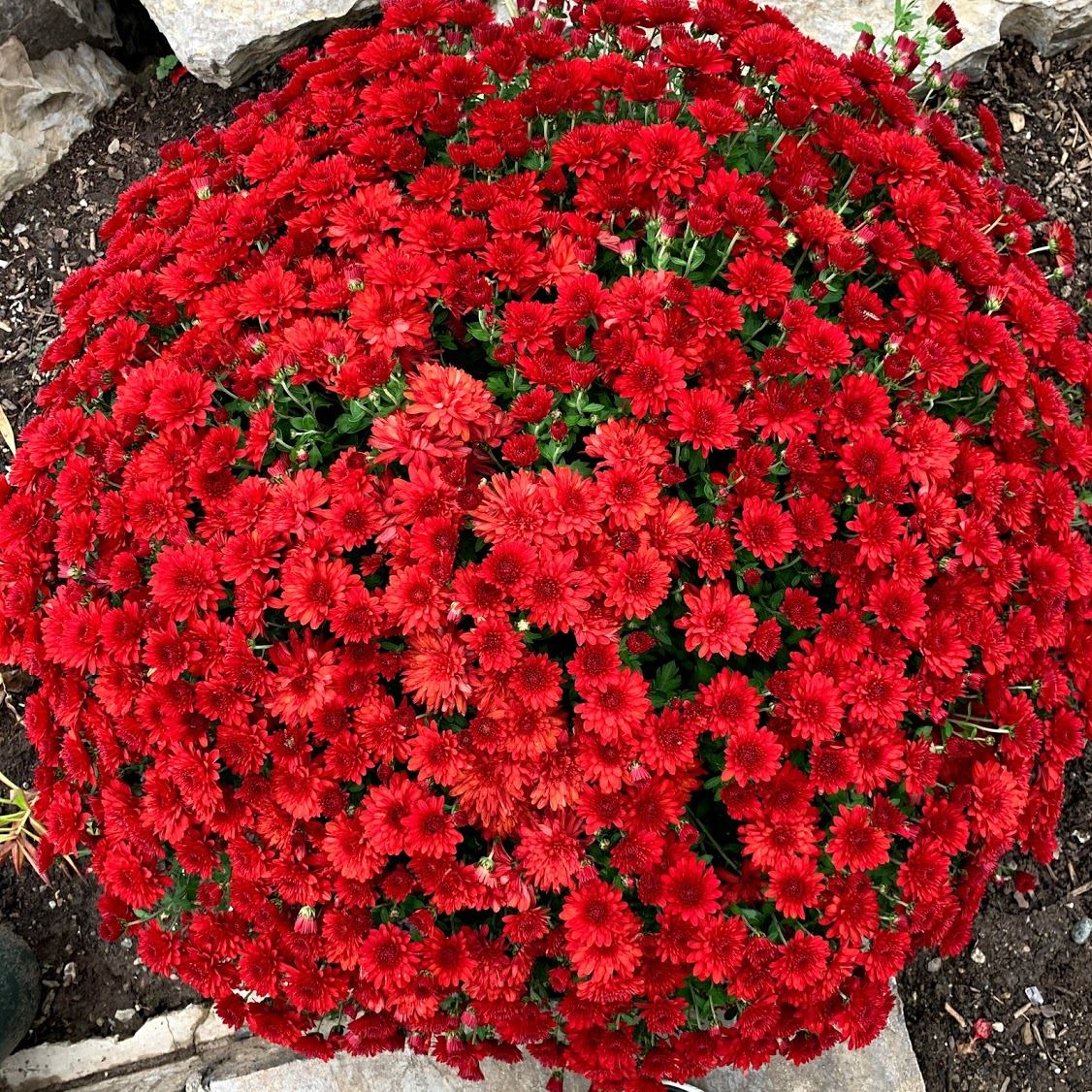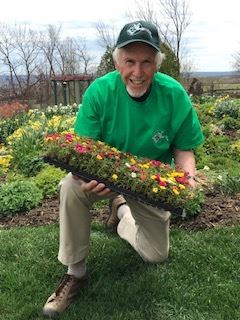 Things to do in your garden in October.
Things to do in your garden in October.
Taken from the Ontario Master Gardener Calendar
by John Hethrington, Master Gardener Emeritus
Past President, Master Gardeners of Ontario
Please contact John for more information!
October Garden Tips:
- After a warm, no, it was a HOT summer, plus some lovely summer days in September, FALL is definitely here. Enjoy the much-needed recent rains that are bring many plants back to life! But, also be prepared for the possibility of an early FROST one of these nights! You never know!
- There is much talk among gardeners in the fall about “Putting Your Garden to Bed”. I think they mean preparing your garden for the winter. There is an annual argument among gardeners as to whether you should cut back all your perennials, ornamental grasses, etc., and clean up all the leaves in the fall, or leave them tall for “winter interest”, or to feed the birds and make homes for the Pollinator insects. However, up here, most perennials are covered by 2 to 3 feet of snow, so you can’t see them anyway and there are very few seedheads for the birds. And finally, if left unattended in the fall, Spring Clean-Up can be daunting. There may be wet weather, cold or a late spring. For these reasons, I am opting for a BIG FALL CLEAN-UP again this year, leaving just the leaves on the beds this fall. This will give me a jump on next spring.
- It is time to trim back perennials and divide them as needed if your garden is crowded. Give them to your neighbors. Or, pot them up now and put the pot back in the ground, saving them to donate to St. George’s church Giant Plant Sale, in Clarksburg. Saturday May 30, 8 AM until Noon.
- When you donate 15 or more perennials to the sale next year, you will receive an Income Tax receipt from the Church for the value your plants sell for. When digging and potting up this fall, always make sure to pick a cool, cloudy day and add bone meal fertilizer to the pots, or to any new plantings you do this fall.
- Remember, October is a great time to plant new shrubs and perennials. They get a big jump on plants you might plant next spring.
- Buy and plant spring flowering bulbs NOW. Add a little bulb fertilizer, like bone meal, to the bottom of the hole and add water to the hole to get the bulb’s roots started. Your efforts NOW, will bring big dividends in April and May 2026.
- For a longer bulb blooming season, plant a variety of bulbs, each with a different bloom date. Plant winter aconite first, then snow drops and crocus to start the season early. You can also plant early, middle and late blooming tulips and daffs in the same bed for a much longer bloom season.
- If you have squirrels or other rodents, place chicken wire just under the surface of the soil over any bulbs you plant. The squirrels will hate you, but your bulbs will love you. Interestingly, Daffs should not need this protection.
- If there is an early frost warning this fall, cover tender annuals overnight with an old bed sheet. They should make it through the night and keep on blooming.
- Bring in house plants when the evenings start to cool down, or if you get a frost warning. First, give them a thorough spray with insecticidal soap, so that there are no unwanted hitchhikers coming into your home.
- Lawn fertilizers come with a 3-number code on the bag, establishing the percentage of each of Nitrogen (for rapid growth), Phosphorus (for strong roots), and Potassium (for overall health). In the fall you want a lawn fertilizer with a low first number and high second and third numbers, or stuff advertised as a “Fall Formula” fertilizer. Don’t use that fertilizer you have left over from the spring with a high first number. Thre’s too much nitrogen!
- Start cutting your grass much lower than in summer to avoid winter-matted long grass next spring that you will have to rake out of your lawn.
- Water shrubs, evergreens and trees weekly and deeply at least until frost comes.
John Hethrington,
Master Gardener Emeritus,
Past President, Master Gardeners of Ontario

 Beaver Valley Probus Club
Beaver Valley Probus Club